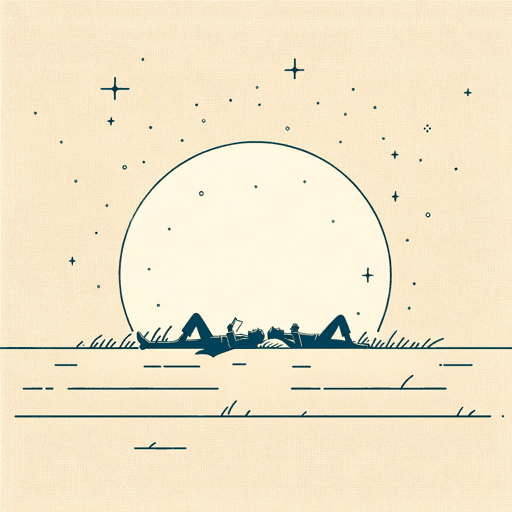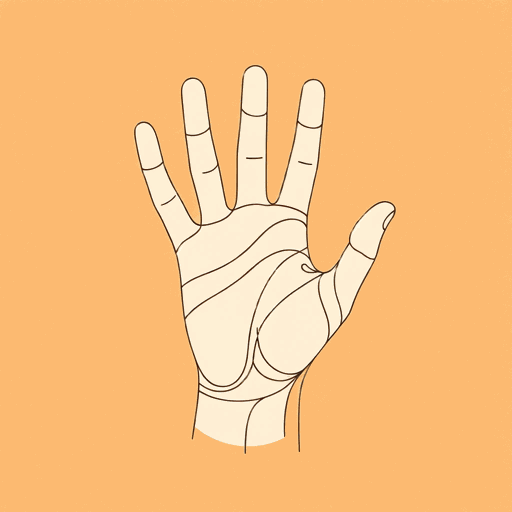22 pages • 44 minutes read
V. S. NaipaulB. Wordsworth
Fiction | Short Story | Adult | Published in 1959A modern alternative to SparkNotes and CliffsNotes, SuperSummary offers high-quality Study Guides with detailed chapter summaries and analysis of major themes, characters, and more.
Summary and Study Guide
Summary: “B. Wordsworth”
“B. Wordsworth” is a short story by Nobel Prize-winning author V. S. Naipaul, first published in his 1959 collection Miguel Street. The story explores the relationship between the eponymous poet and a fascinated child. This guide uses an eBook copy of the 2002 Vintage International edition of Miguel Street.
An unnamed young boy lives with his parents on Miguel Street in Trinidad. His parents help poor and homeless people in their neighborhood. One day, a “tidily dressed” (32) man comes to the house and asks to look at the bees that live in the property’s palm trees. The boy’s mother agrees on the provision that the boy keeps a close eye on the stranger.
While they watch the bees, the stranger and boy talk. The stranger introduces himself as B. Wordsworth. The B stands for “Black” (32), and he has a brother named White Wordsworth. He is a poet who loves to observe the natural world. Wordsworth offers to sell the boy “the greatest poem about mothers” (33) for a low cost. The boy asks his mother, and she declines the offer. Wordsworth admits that not a single person has bought one of his poems, but he continues to try to sell them on his travels. Wordsworth believes that the boy is also a poet.
A week later, the boy meets Wordsworth on the street. Wordsworth invites the boy to come to his home and eat mangoes. The boy goes to Wordsworth’s wild garden and eats six ripe, juicy mangoes. When the boy returns home, his mother beats him because he spilled the fruit’s juice on his shirt. He runs back to Wordsworth’s house, and the poet takes him for a walk to the nearby racecourse. They lay on the grass and look up at the night sky. The boy begins to feel better, and Wordsworth teaches him about the constellations.
The boy and Wordsworth become friends, but the poet insists that the boy keep their friendship a secret. Wordsworth then tells the boy a story about a poet whose wife died young many years ago. He implies that the story is about him. Since her death, Wordsworth has not touched the plants in her garden, and now they are overgrown. Together, the boy and Wordsworth walk all over the town. One day, Wordsworth tells the boy a “great secret” (35): he is writing the greatest poem in the world, but he expects it will take 22 years to finish. He writes one line a month, and each line is imbued with the richness of that month’s experiences.
The boy and Wordsworth continue to spend time together, but Wordsworth does not reveal more about his poem to the boy. Wordsworth grows older and makes just enough money to survive. One day, the boy visits Wordsworth’s home and finds the old poet laying on the bed. The poem, Wordsworth explains, is “not going well” (36). Wordsworth recognizes that the boy is upset. He promises to tell him a funny story but only on the condition that, once the story is told, the boy will “go away and never come back” (36). Wordsworth says that the story about his wife was an invention, just like the story about the greatest poem in the world. His voice breaks as he describes these inventions as “the funniest thing you have heard” (36).
The boy leaves Wordsworth’s house in tears. A year later, while walking along the street, the poet’s house is gone. The house and garden have been torn down and replaced, as though “B. Wordsworth had never existed” (36).


